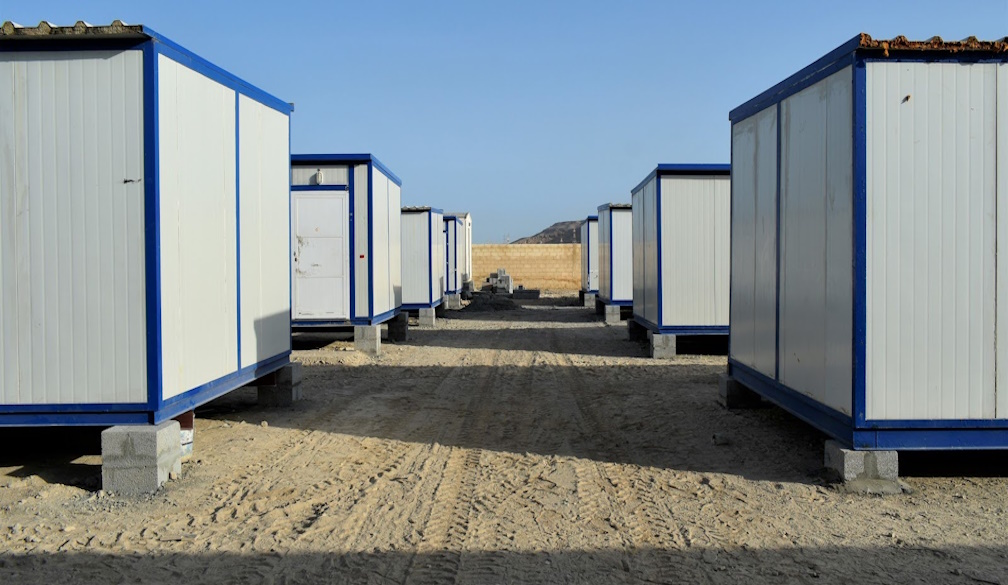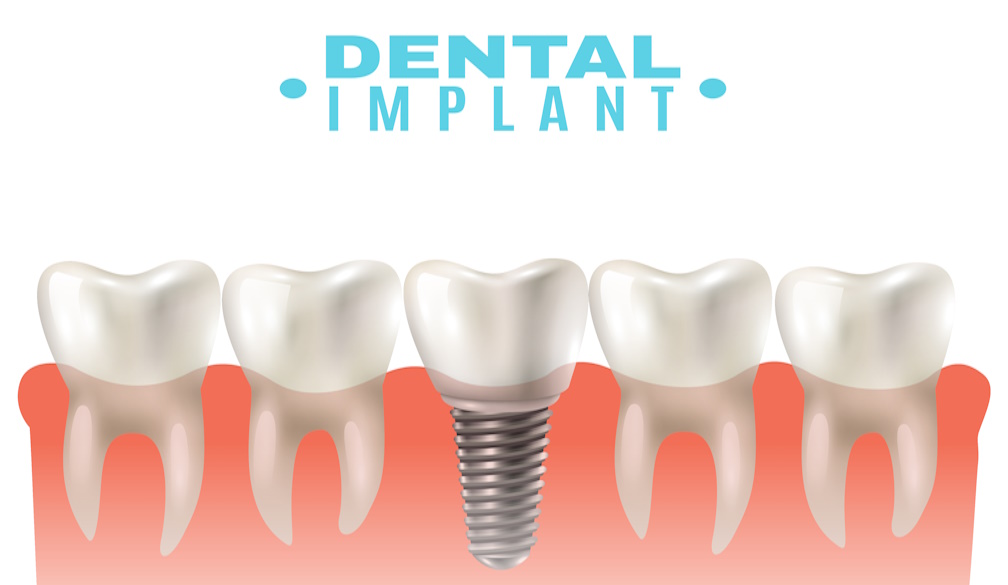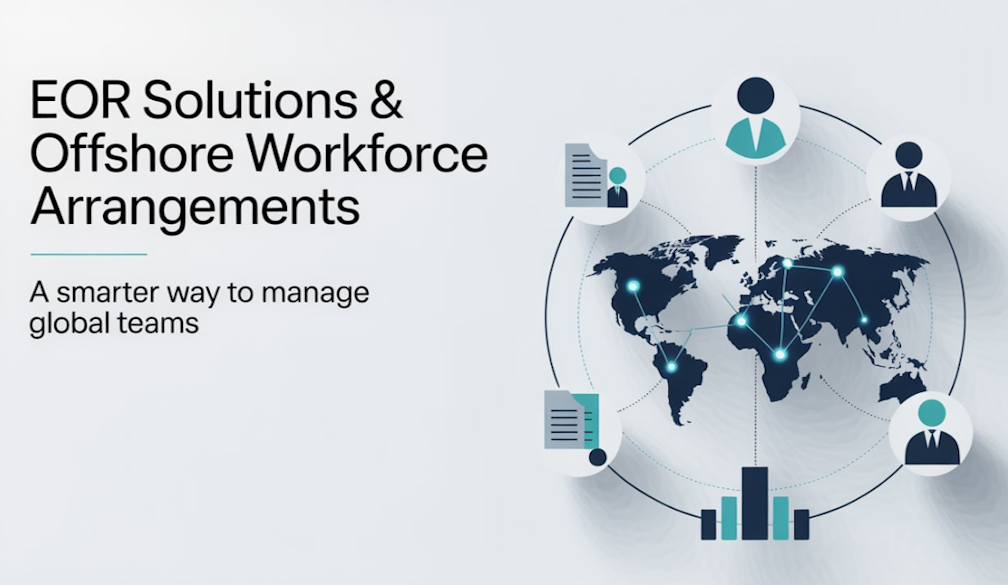How we think about ‘obesity’ and body weight is changing. Here’s why
- Written by Evangeline Gardiner, PhD Candidate in Public Health, The University of Queensland

From doctors’ offices to family gatherings, larger-bodied people report being bombarded with unsolicited advice about their eating and exercise habits. The underlying message? They “just need to lose weight” to fix almost any health problem.
Society’s focus on weight has shaped how most Australians view health and body weight, often pushing them towards unhealthy thoughts and behaviours in the pursuit of an “ideal” body shape.
However, the way society thinks about ob*sity and body weight is changing, with science backing the shift.
*Historical reflections on the word “obesity” reveal its offensive origins, with advocates suggesting the term ob*sity should be used with an asterisk to acknowledge this. To show our respect, we will adopt this language here.
Policymakers and health researchers are increasingly recognising the harms of stigmatising language and attitudes towards larger-bodied people.
Let’s unpack how the thinking on ob*sity has shifted over time and what this means for public health and health care in Australia.
From personal responsibility to a complex, chronic disease
Until recent years, managing body weight was predominantly considered a personal responsibility. Ob*sity was considered a result of a poor diet and a lack of physical activity, underpinned by personal and moral failure.
This narrative was reflected in public health policies that used language such as “war on ob*sity” and “ob*sity epidemic”. Such language was shown to reinforce negative stereotypes of larger-bodied people as “lazy” and lacking willpower.
These stereotypes give way to weight stigma and discrimination, which is still prevalent today. Health professionals such as dietitians report that weight stigma (from other people and internally from within themselves) is a prevalent and ongoing challenge they manage in their career.
This narrative of personal responsibility has shifted in recent years to recognise the wider determinants of health. Research has identified a range of psychological, social, biological and systemic factors contributing to increasing rates of ob*sity, such as socioeconomic status, genetics, medications and environment.
As a result, public health experts consider it no longer appropriate to use language referring to ob*sity as a problem of “lifestyle”.
Professionals across medicine, psychology and dietetics also responded by updating their language standards to person-first language (for example, “person living with ob*sity”), acknowledging the shift away from framing ob*sity as a personal failure.
In 2014, the United States American Medical Association classified ob*sity as a chronic disease, against advice from its Committee on Science and Public Health. The decision sparked widespread discontent and discussion, with claims it causes unnecessary discrimination and pathologises normal changes to human bodies over time.
The debate continues here in Australia, yet no classification has been made.
Weight-centric and weight-inclusive narratives
Recent policy documents in Australia, such as the National Ob*sity Strategy 2022–2032, acknowledge a broader view of ob*sity. But policy and practice in Australia remains predominantly weight-centric. They encourage weight loss as a health goal and recommend intentionally avoiding weight gain.
Weight-centric approaches to health have been criticised for lacking long-term evidence (beyond five years) to support their effectiveness and for producing unintended consequences.
Rather than promoting health, weight-centric approaches can cause harm, such as increased weight stigma and weight cycling (repeatedly losing and regaining weight). Both weight stigma and weight cycling have been linked with negative long-term physical and mental health outcomes.
Weight-inclusive approaches to health are gaining popularity as an alternative approach that supports people in eating well and moving regularly, regardless of any desire to lose weight. This approach aims to improve access to health care and has been shown to enhance overall physical and mental health.
Approaches like Health at Every Size and intuitive eating are key examples of promoting health and wellbeing without focusing on weight.
Weight-inclusive approaches have faced criticism, however, with concerns that these approaches lack empirical evidence and may not be appropriate for people who want support for weight management.
Where does this leave us?
While our thinking about ob*sity continues to change, it is essential to listen to larger-bodied people and ensure their access to health care is equitable, safe and affirming.
Advocates such as Size Inclusive Health Australia recommend efforts to reduce weight stigma and discrimination so that health is inclusive of all body shapes and sizes.
Guidance and recommendations exist for addressing weight stigma and adopting weight-inclusive approaches to health, such as the Size Inclusive Health Promotion Guidelines and the Eating Disorder Safe Principles.
Policy, research and practice should continue to synthesise and understand the evidence surrounding weight-inclusive approaches, in line with the shifting narratives of weight and health. This will support the design, implementation and evaluation for weight-inclusive initiatives in Australia.
Authors: Evangeline Gardiner, PhD Candidate in Public Health, The University of Queensland
Read more https://theconversation.com/how-we-think-about-obesity-and-body-weight-is-changing-heres-why-238206



















